|
|
|||
|
|
|
RUBY-THROATS & CHAYOTE: (updated 23 Dec 2011) Back in December 2004 we took our first group of citizen scientists to Costa Rica on a bit of a gamble: That we'd be able to find, capture, band, and observe Ruby-throated Hummingbirds (RTHU) on their non-breeding grounds in Guanacaste Province. We chose this Pacific Coast region on a tip from Ernesto Carman Jr., a young birding guide who had observed unusually high numbers of RTHU feeding on Aloe Vera flowers in a commercial plantation near Liberia.
All text & photos © Hilton Pond Center RTHU historically have migrated each fall from their breeding range in the eastern U.S. and southern Canada to spend at least half the year in Mexico and Central America, where they're usually dispersed throughout the landscape. Aloe, a non-native import from Africa, bears multiple nectar-laden flowers (above) on a tall stalk that turned out to be a real magnet for hungry hummingbirds, so we were able to run mist nets and capture lots of RTHU (immature male above). To date we've taken 11 mid-winter Operation RubyThroat expeditions to Guanacaste and banded 762 Ruby-throated Hummingbirds in that country during the only long-term systematic study of RTHU in the Neotropics.
All text & photos © Hilton Pond Center With all this in mind we were quite intrigued in Fall 2010 when Ernesto called from Costa Rica to say he'd found another dense population of RTHU--this time on the east side of the country where the species has always been quite rare. Once again the hummers were attracted to an agricultural crop, but this time it was chayote, Sechium edule (above)--any of several kinds of native vines that produce a green squash used locally and exported throughout the Americas.
All text & photos © Hilton Pond Center Chayote is grown on big trellises in the lush river valley (above) around Ujarrás, not far from Paraiso where Ernesto lives. Chayote, which produces male and female flowers, blossoms throughout the year but is most useful to Costa Rican nectarivores October through December when few other plants are blooming.
All text & photos © Hilton Pond Center Ever-observant Ernesto saw dozens--perhaps hundreds--of ruby-throats taking nectar in the chayote fields last November. This was all the information we needed to talk with Holbrook Travel about offering our first ever autumn hummingbird expedition, and our first one to the eastern region of Costa Rica. This trip should be specially attractive to birders interested in seeing hard-to-find species because there are so many endemics (i.e., birds found nowhere else in the world), including Prevost's Ground-Sparrow, Ruddy Tree Runner, and Black-billed Nightingale-Thrush, and hummers such as Scintillant Hummingbird, White-bellied Mountain-gem, and Coppery-headed Emerald. The region's 500-plus kinds of birds--including parrots, raptors, trogons, toucans, and other tropical species--will give serious birders a chance to add significantly to their life lists.
All text & photos © Hilton Pond Center On 12 November 2011 up to 12 citizen scientists will fly into San Jose's international airport and join Operation RubyThroat leaders for a short air-conditioned bus ride to Paraiso, home base for the nine-day expedition. Participants will travel on six mornings to the chayote farms at nearby Ujarrás where they will erect and monitor mist nets and traps as we try to capture, band, and observe RTHU at a previously undocumented wintering site. (Ujarrás has been an important political and economic center for Costa Rica since colonial times. Local church ruins, above, date back to the early 1600s and adjoin the study site.) All trip participants get chances to hold and release hummingbirds and take up-close photos of a wide variety of resident and migrant birds. Most afternoons and one full day will be devoted to field trips to cultural and natural history sites, with plenty of time for birding, botanizing, and nature photography.
All text & photos © Hilton Pond Center For folks interested in plant life, we'll be paying very close attention to native flowers visited by ruby-throats. Due to overuse of insecticides and other chemicals many species of native insects have declined significantly, so we'll also investigate what some local farmers believe: That Ruby-throated Hummingbirds have become all-important pollinators of chayote blossoms (male flower, above).
All text & photos © Hilton Pond Center We'll stay at Hotel Tapanti Media Lodge at Orosi (above), whose bedrooms and balconies (below) overlook nearby gardens and surrounding mountains and valleys. Single and double sleeping rooms (below) are clean and comfy with private baths. The November 2011 trip is open to any adult interested in a terrific opportunity that has potential to reveal important new information about Ruby-throated Hummingbirds on their wintering grounds in the Neotropics. No previous experience is necessary--just a willingness to assist with field work and help make observations.
All text & photos © Hilton Pond Center The itinerary for the upcoming expedition is outlined below. Cost of the trip is a very reasonable $1,599, plus airfare; deadline for your $200 deposit is 12 July, with balance due 5 August. This new trip is bound to fill quickly, so register today by calling Holbrook Travel's Debbie Sturdivant at (866) 748-6146 or via e-mail. TRIP ITINERARY OPERATION RUBYTHROAT 12-20 NOVEMBER 2011 NOTE: An expedition with essentially the same itinerary will be offered
All text & photos © Hilton Pond Center • DAY ONE • Participants fly into San Jose's modern international airport, met by trip leaders Bill Hilton Jr. & Ernesto Carman Jr., for an air conditioned bus ride to Hotel Tapanti Media Lodge at Orosi. Lunch at airport or en route. Afternoon move in and unpack. Watch sunset over nearby volcanic mountains (daily). Supper at Lodge, where a well-appointed dining room also has panaoramic views (above). Evening orientation.
All text & photos © Hilton Pond Center • DAY TWO • Breakfast at Lodge (daily) followed by air conditioned 25-minute bus ride to study site at Ujarrás chayote plantations. Typical procedure: Erect mist nets & traps; capture, band, measure, photograph, color mark, and release Ruby-throated Hummingbirds (immature male with blue color mark, above); record observations of RTHU behavior. Lunch at Lodge or in the field. Afternoon bus trip to Tapanti National Park and adjoining reserves that cover hundreds of square miles of unspoiled cloud forest that reach all the way to Panama. Waterfalls are a highlight, as are diverse birds and wildlife. Super at Lodge (daily). Evening instruction (daily).
All text & photos © Hilton Pond Center • DAY THREE • Morning field work at chayote farms. Afternoon bus trip to Irazú Volcano National Park, whose summit is above the tree line and resembles an alien moonscape (above). Irazú--the tallest of Costa Rica's volcanoes--last erupted in the early 1960s; today it has several craters, one filled with brilliantly colored rain-fed water and rimmed by gnarled, scorched trees. At nearly 10,000 feet, the view from Irazú in all directions is breathtaking.
All text & photos © Hilton Pond Center The endemic Volcano Hummingbird (above) and Volcano Junco are target birds for Irazú. There's also a chance for Resplendent Quetzals and other highland species.
All text & photos © Hilton Pond Center • DAY FOUR • Morning field work at chayote farms. Afternoon bus trip to city of Cartago and Lankester Gardens. Time in Cartago includes a visit to Basilica de Nuestra Señora de Los Angeles (above, with rainbow) to view La Negrita, the famous eight-inch-tall Black Madonna with Child.
All text & photos © Hilton Pond Center At Lankester Gardens we'll tour a comprehensive collection of orchids and take a walk on the facility's well-designed interpretive trails (above). Watch for large assemblages of ducks and other waterbirds in the adjoining pond. Night walk after the evening meeting to view nocturnal creatures.
All text & photos © Hilton Pond Center • DAY FIVE • No field work. All-day trip including Rancho Naturalista, home of many species of hummingbirds that come to feeding stations for up-close viewing. Rancho--within Costa Rica’s ecologically diverse Cordillera Talamanca--is an internationally known birding site with more than 450 species on its checklist. Lunch at Rancho.
All text & photos © Hilton Pond Center Local hummers at Rancho Naturalista include Snowcaps, Purple-crowned Fairies, Violet-crowned Woodnymphs, and Black-crested Coquettes (above). Lunch on the hummingbird veranda at Rancho. Afternoon visit to 45-acre botanical garden at CATIE (Tropical Agricultural Research and Higher Education Center), which maintains nearly 4,400 genetic samples that represent more than 280 species from all over the world. Here you can taste, smell, and touch an incredible variety of tropical fruits. Excellent opportunity for botanical photography.
All text & photos © Hilton Pond Center • DAY SIX • Morning field work at chayote farms. Afternoon bus trip to Finca Cristina for lunch and a behind-the-scenes look at a fully certified shade-grown AND organic coffee farm. Tour the farm with Linda Moyher to see how shade-grown coffee helps 300-plus species of both resident and Neotropical migratory birds by providing habitat--including leguminous shade trees (above) that offer shelter and feeding substrates for avifauna while giving orchids, ferns, and bromeliads a place to grow. Linda also explains how ORGANIC farming allows coffee to be grown with minimal negative impact on the local environment by NOT using chemical fertilizers, fungicides, herbicides, or insecticides.
All text & photos © Hilton Pond Center Visit Finca Cristina's coffee drying and processing plant (above) designed and operated by Ernie Carman. End up with a first-hand view of how coffee is roasted, bagged, and shipped, complete with a tasting and opportunity to purchase.
All text & photos © Hilton Pond Center • DAY SEVEN • Morning field work at chayote farms. Lunch at Casona del Cafetal on the shores of Lake Cachi (watch for Yellow-crowned Night Herons) with visit to town of Orosi--one of the wettest places in tropical Costa Rica. Orosi is home to a colonial church still in use.
All text & photos © Hilton Pond Center Look for Bat Falcons (above) in gorge below dam that forms the lake. Last chance to buy Costa Rica souvenirs at shops in Orosi. Afternoon nature walk in the area.
All text & photos © Hilton Pond Center • DAY EIGHT • Morning field work at chayote farms. Afternoon free to pack and wander. Evening discussion of November 2011 banding results (adult male Ruby-throated Hummingbird, above, with band), tally of bird species seen, and "Farewell Fiesta."
All text & photos © Hilton Pond Center • DAY NINE • Participants bus to San Jose airport--watching along the way for roadside birds such as Blue-crowned Motmot (above)--and then fly-out to their respective homes. Options exist for in-country extensions on your own. (Holbrook Travel can help you plan; again, please contact Debbie Sturdivant at (866) 748-6146 or via e-mail if you have questions and to register for Operation RubyThroat's November 2011 hummingbird expedition to Costa Rica.) See below for pricing and other details. VERY IMPORTANT NOTE: The main purpose of any Operation RubyThroat expedition to the Neotropics is to learn about Ruby-throated Hummingbird "winter" behavior; thus, your active participation in making daily observations and collecting data is critical to the trip's success. A working pair of good binoculars is the only required equipment. We expect you to take initiative, carry your share of the load, and listen to and follow instructions carefully. We also expect you to look out for each other's needs and to be considerate of the hummingbirds we work with. We will have many wonderful and enjoyable experiences together, but this is NOT a pleasure trip--even though you'll have plenty of free time and are certain to have fun.
All text, maps & photos © Hilton Pond Center If you are NOT willing to work hard in the field all week and follow the expedition's research and education goals, this is not a trip for you; we NEED your help our success will depend on you. Most days involve early through late-morning field activity under warm to hot conditions and after-supper meetings, with afternoons open for you to do as you wish. Scheduled activities are subject to change due to weather or to take advantage of unexpected learning and research opportunities, but we'll do everything we can to make sure we offer all non-research activities described above.
All text, maps & photos © Hilton Pond Center Legislators chose the Clay-colored Thrush (above) as Costa Rica's national bird, in part because of its nearly universal distribution COSTA RICA EXPEDITION LEADERS BILL HILTON JR. (below left), internationally known educator-naturalist, was twice named South Carolina Science Teacher of the Year and was honored as the state's Outstanding Biology Teacher. In 1998, The Charlotte Observer named him a Carolinas "Guardian of the Environment" for a lifetime of trend-setting work in conservation and environmental education. He has led 11 highly successful hummingbird expeditions to Costa Rica, two to Belize, and one to Guatemala. Hilton is executive director of Hilton Pond Center for Piedmont Natural History. As principal investigator for "Operation RubyThroat: The Hummingbird Project," he received a 42-month grant from the National Science Foundation to integrate Operation RubyThroat with The GLOBE Program. Since 1982, Hilton has banded more than 56,000 birds at Hilton Pond, including 4,000-plus Ruby-throated Hummingbirds. Hilton taught in Rock Hill and Fort Mill SC high schools, and at the University of Minnesota, St. Olaf College, and Winthrop University. He helped start the residential South Carolina Governor’s School for Science and Mathematics in Hartsville, which he served as biology instructor and director of student research. Hilton is a nationally sought-after speaker on diverse natural history topics. He has a Bachelor of Arts in Philosophy from Newberry College, which he served as president of the Alumni Association. In this role, he organized a major international symposium on John Bachman, founder of Newberry College and a contemporary of John James Audubon. Hilton earned a Master of Arts in Biology Teaching from Winthrop University, and a Master of Science in Ecology & Behavioral Biology from the University of Minnesota, where he conducted a four-year field study of the behavioral ecology of Blue Jays, Cyanocitta cristata. For a complete resume, see his Biographical Sketch. Hilton and the group will be assisted by ERNESTO M. CARMAN
November 2011 COSTA RICA LAND PROGRAM COST: $1,599 NOTE: Alumni of any Holbrook Professional Development Expedition--including past Operation RubyThroat trips to Costa Rica, Guatemala & Belize--are eligible for discounts on upcoming Operation RubyThroat excursions. --Rates are based on: Double occupancy with a full roster of 12 participants and subject to increase with fewer participants. (Any participant may select a single room for about $300 extra, but we recommend doubling as part of the community experience.) --Participants must be: At least 21 years of age by the time the trip begins, and willing and able to participate in field work and all education and research activities. (Special consideration may be given on a case-by-case basis for college students and for advanced, mature senior high school or college students accompanied by a parent. We also can offer a full week for a class of 12-14 responsible high school students between November and late February; the sponsoring teacher earns a FREE trip. Please contact us for details.) --Each participant must: Bring and know how to use a decent pair of binoculars with which to make field observations. Sharing binoculars doesn't work. --Participants must be: In good physical & mental health and able to walk at moderate pace for short distances (usually less than a half mile) over mostly level but sometimes rocky terrain at the study site, and be able to carry light objects in the field (mist net poles, banding tools, day pack, etc.). --Program cost includes: All in-country transportation, accommodations, meals, expert local guide (bilingual), learning activities and field trips, and Operation RubyThroat instructional materials, as stated above. --Program cost does not include: International airfare (about $400-$750, depending on departure point; use frequent flyer miles if you can); meals, if any, away from the hotel; any additional optional activities not described above (e.g. horseback ride); non-mealtime beverages or snacks; gratuities for guide, driver, and local personnel ($100-$125 total); $26 departure tax; or optional graduate credit costs. (Please note that because of difficulty with international connections and depending on your point of origin, it may be necessary for you to spend an extra night traveling to and/or from Costa Rica.) --Payment policy: To confirm your space, send $200 deposit per person to Holbrook Travel along with your enrollment form(s); deposit for all trips is required to hold your space. Each deposit is refundable minus a $100 processing fee if cancellation is received more than 95 days before departure; there will be no refunds for cancellations after that date. Final payment of $1,399 is due on 9 August 2011. (We strongly advise inexpensive third-party trip insurance to cover unexpected circumstances that could cause you to cancel after your final payment is made; such insurance can also cover flight delays and related land transportation, in-country medical care, etc.) --Pre-trip activities: We will communicate with you frequently via e-mail in the weeks leading up to your trip. You'll also receive suggested readings and resources that will enhance your trip experience. We anticipate you will study and learn all important information related to the trip's research goals. --Optional graduate credit: Contact Holbrook Travel's Debbie Sturdivant for information about how to apply and pay for graduate credit through Weber State University. You may also elect to work with your local college to earn credit there. K-12 educators may file for continuing education credits. --Tax deductions: Because Operation RubyThroat expeditions are service projects in support of a non-profit, an estimated $300 of your fees should be tax-deductible on your 2010 tax forms. Hilton Pond Center for Piedmont Natural History and Operation RubyThroat: The Hummingbird Project expeditions are non-profit trips offered as outreach activities through which we learn more about winter behavior of Ruby-throated Hummingbirds. If you're interested in making a separate contribution to the Center and/or Operation RubyThroat, please see Supporting the Work of Hilton Pond Center. After reading the information above, contact Debbie Sturdivant at Holbrook Travel by E-mail or phone (1-866-748-6146) if you have any questions about enrolling and/or to request enrollment forms. You can also ENROLL ON-LINE. See you in Costa Rica!
Adult female Ruby-throated Hummingbird (above), All text & photos © Hilton Pond Center Click on the links below for details & costs for upcoming Operation RubyThroat hummingbird expeditions. 2011 EXPEDITIONS Week 1 : COSTA RICA (29 Jan-6 Feb 2011, Guanacaste; trip completed) Week 5: COSTA RICA (12-20 Nov 2011, Ujarrás; see above) 2012 EXPEDITIONS Week 1: COSTA RICA (21-29 Jan 2012; Guanacaste)
|
||||||||||||||||||||||||||||||
|
Make credit card donations
on-line via Network for Good: |
|
|
Use your PayPal account
to make direct donations: |
|
|
If you like shopping on-line please become a member of iGive, through which 800+ on-line stores from Amazon to Lands' End and even iTunes donate a percentage of your purchase price to support Hilton Pond Center .
 Every new member who registers with iGive and makes a purchase earns an ADDITIONAL $5 for the Center. You can even do Web searches through iGive and earn a penny per search--sometimes TWO--for the cause! Please enroll by going to the iGive Web site. It's a painless, important way for YOU to support our on-going work in conservation, education, and research. Add the iGive Toolbar to your browser and register Operation RubyThroat as your preferred charity to make it even easier to help Hilton Pond Center when you shop. Every new member who registers with iGive and makes a purchase earns an ADDITIONAL $5 for the Center. You can even do Web searches through iGive and earn a penny per search--sometimes TWO--for the cause! Please enroll by going to the iGive Web site. It's a painless, important way for YOU to support our on-going work in conservation, education, and research. Add the iGive Toolbar to your browser and register Operation RubyThroat as your preferred charity to make it even easier to help Hilton Pond Center when you shop. |
|
|
SPECIES BANDED THIS WEEK: * = New species for 2011 WEEKLY BANDING TOTAL 6 species 141 individuals 2011 BANDING TOTAL 14 species 801 individuals 30-YEAR BANDING GRAND TOTAL (since 28 June 1982, during which time 170 species have been observed on or over the property) 125 species (30-yr avg = 66.6) 55,678 individuals (30-yr avg = 1,856) NOTABLE RECAPTURES THIS WEEK (with original banding date, sex, and current age) American Goldfinch (3) |


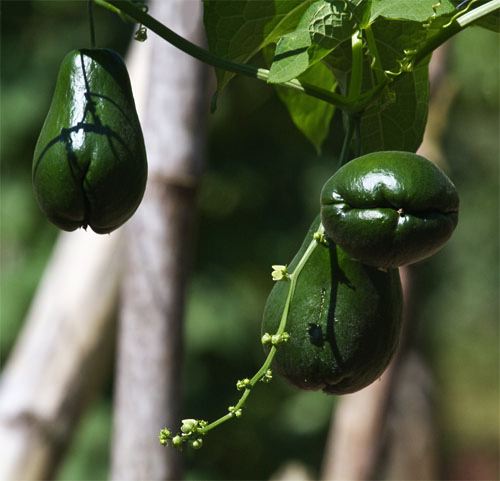

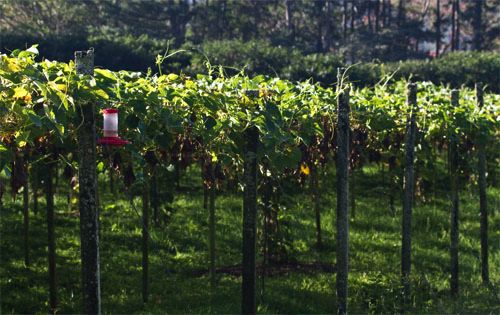
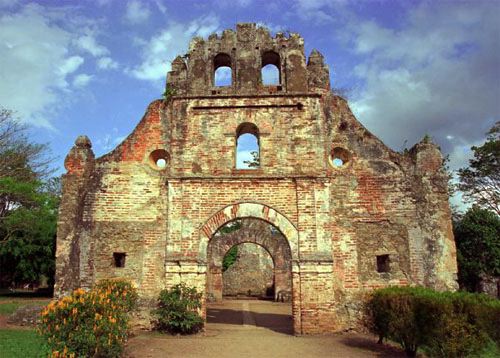
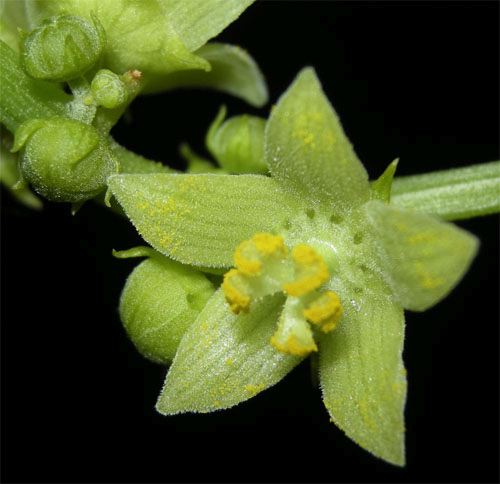
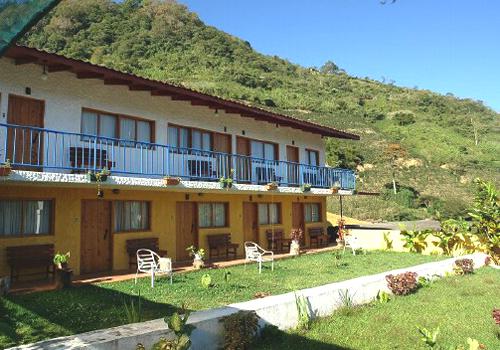
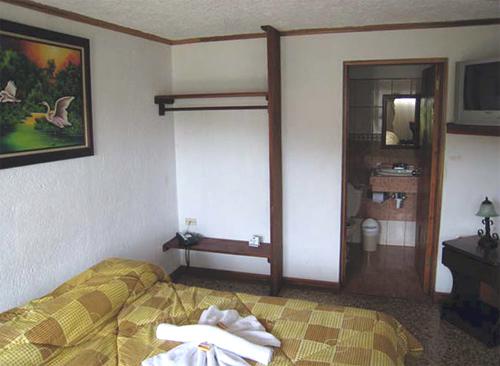


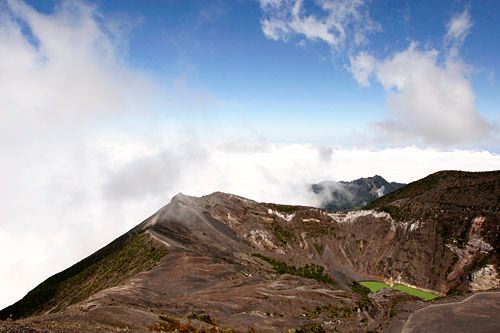
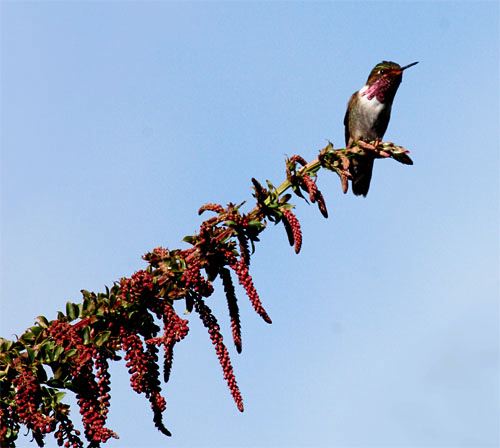
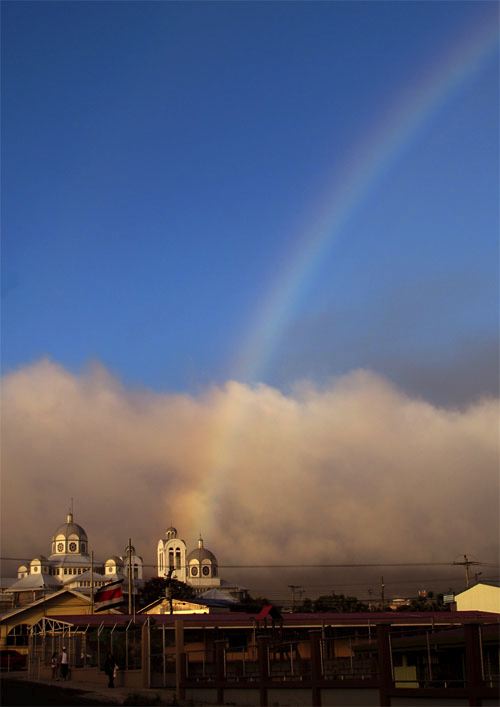
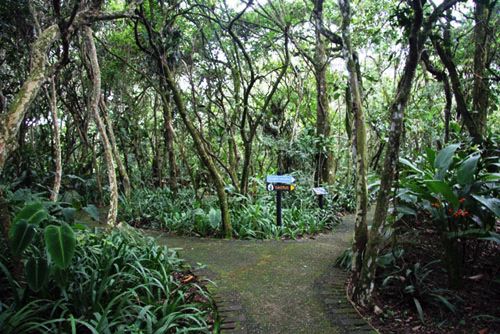
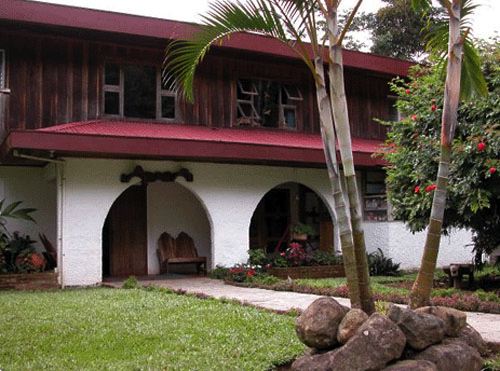

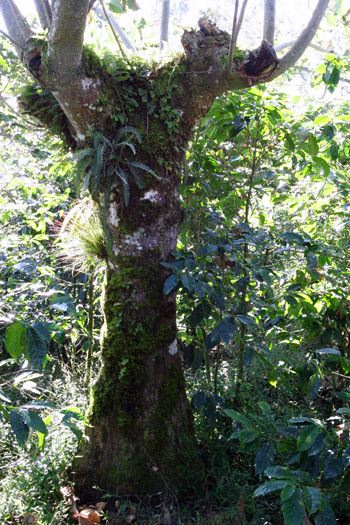
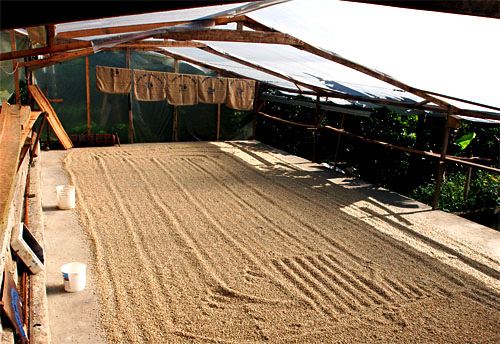
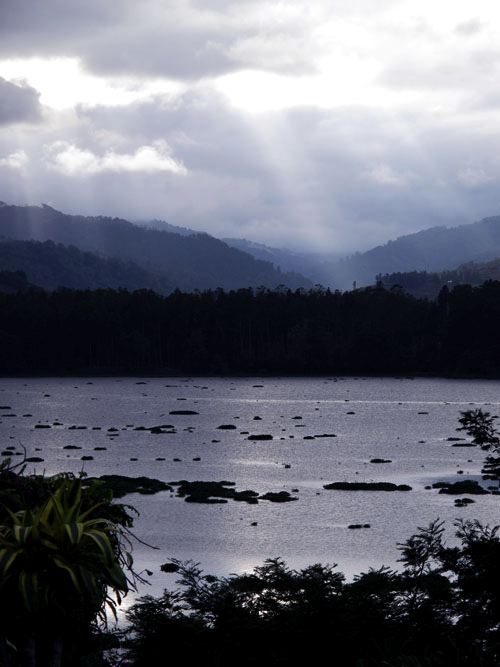


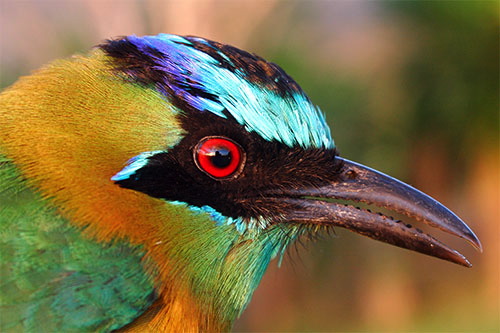

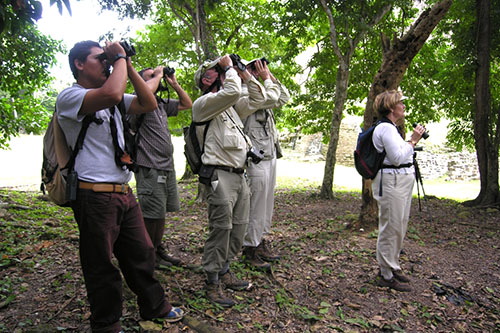
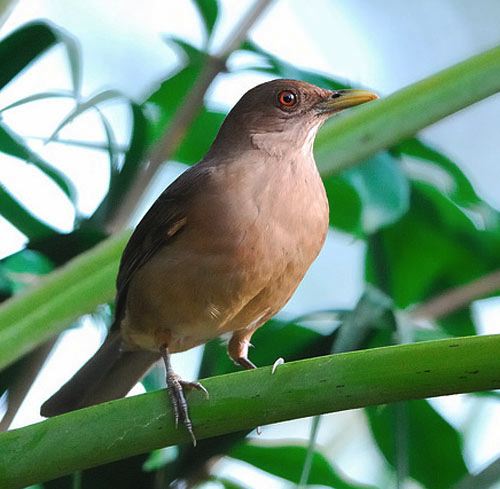
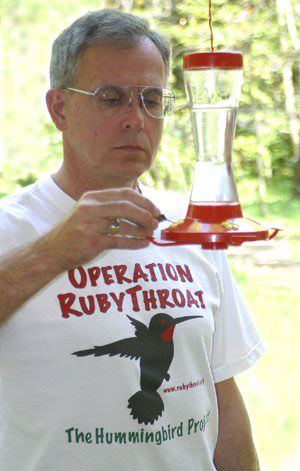 The December 2008 issue of Discover magazine cited Hilton as one of the top ten amateur scientists in America and one of the nation's "50 Best Brains in Science."
The December 2008 issue of Discover magazine cited Hilton as one of the top ten amateur scientists in America and one of the nation's "50 Best Brains in Science."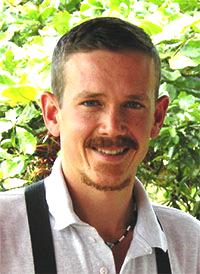 JR. of Talamanca Hawkwatch and Programa Conservacion de Aves. Ernesto (at right), a native-born Costa Rican (tico), speaks fluent English and Spanish, and is one of only a few naturalists with extensive experience observing Ruby-throated Hummingbirds within Costa Rica. Ernesto's sharp eyes and ears, comprehensive knowledge, and terrific personality greatly enrich our time in the field. After six years of involvement with the project he is a true collaborator and not just an in-country guide. Ernesto's family runs
JR. of Talamanca Hawkwatch and Programa Conservacion de Aves. Ernesto (at right), a native-born Costa Rican (tico), speaks fluent English and Spanish, and is one of only a few naturalists with extensive experience observing Ruby-throated Hummingbirds within Costa Rica. Ernesto's sharp eyes and ears, comprehensive knowledge, and terrific personality greatly enrich our time in the field. After six years of involvement with the project he is a true collaborator and not just an in-country guide. Ernesto's family runs 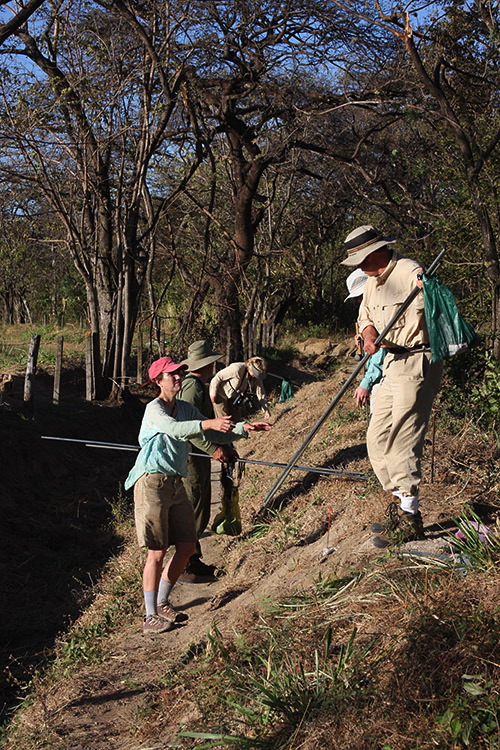 Participants may need to stand for extended periods (up to 60 minutes) to monitor nets under sunny conditions, with opportunities for water breaks in the shade. On past expeditions, participants as old as 80 have had no problems with physical demands of the project.
Participants may need to stand for extended periods (up to 60 minutes) to monitor nets under sunny conditions, with opportunities for water breaks in the shade. On past expeditions, participants as old as 80 have had no problems with physical demands of the project.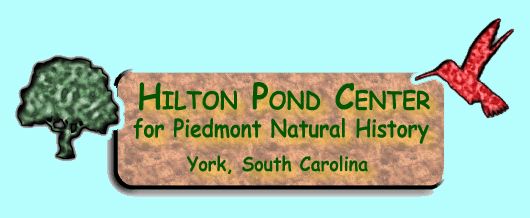 If you are participating as part of a college degree program or are a classroom teacher, additional tax deductions may be taken--in fact, the FULL COST of the trip may be deductible. (In some cases, this means after taxes the trip actually will end up costing you nothing!)
If you are participating as part of a college degree program or are a classroom teacher, additional tax deductions may be taken--in fact, the FULL COST of the trip may be deductible. (In some cases, this means after taxes the trip actually will end up costing you nothing!)
